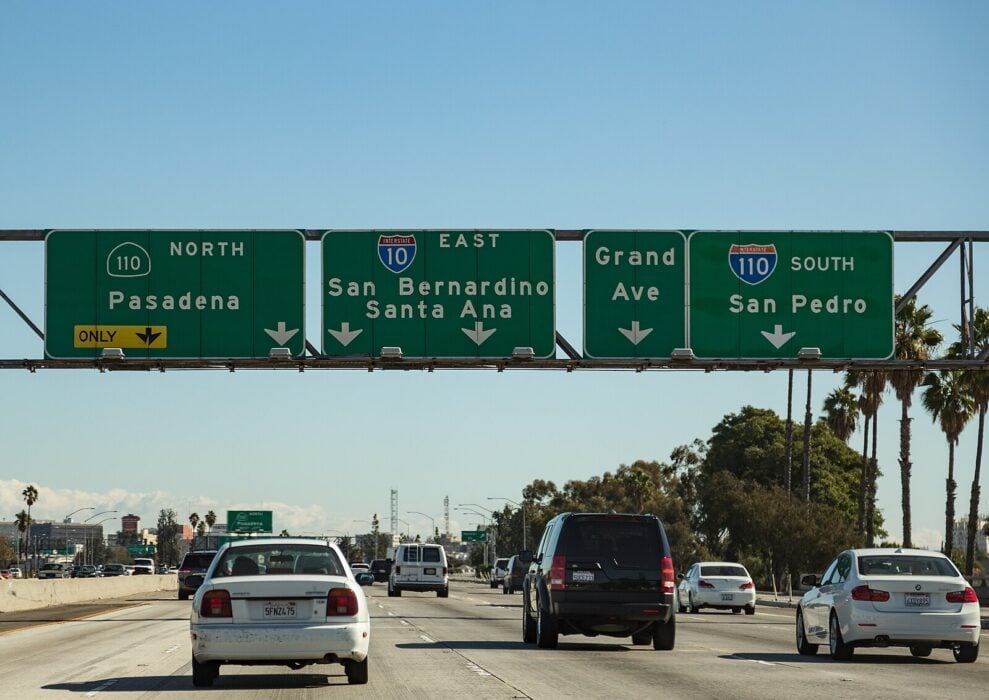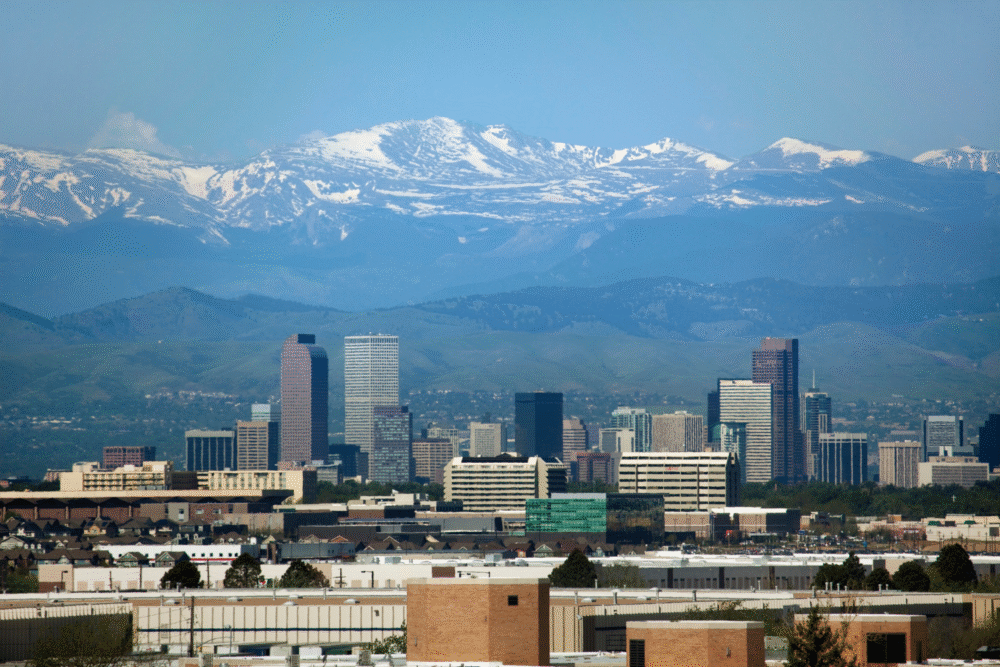The cracks in the foundation of America’s housing market are starting to show.

The national economic reports might paint a confusing picture, but on the ground in many major American cities, the story is becoming painfully clear. A powerful wave of housing market corrections and affordability crises is creating immense pressure on local economies and family budgets. This isn’t just about fluctuating numbers on a spreadsheet; it’s about a growing sense of instability in places that were, until recently, symbols of growth and prosperity for many people. The tremors are being felt from coast to coast.
1. New York City is walking on an economic tightrope.

While the Big Apple hasn’t collapsed, its economic stability feels incredibly fragile. A steady stream of residents moving out is straining the city’s resources, while potential tax changes threaten its all-important financial sector. The city’s massive real estate and labor markets are shrouded in uncertainty, making long-term planning difficult for businesses and residents alike. It’s a high-stakes balancing act, where any single misstep could tip the scales from fragile stability into a genuine downturn, revealing deep vulnerabilities in its economic structure.
2. Los Angeles and Orange County are in a housing freefall.

The once untouchable Southern California housing market is going through a sharp and painful correction. Home prices are dropping at a startling rate as a flood of new inventory sits unsold, creating a nightmare for sellers. This rapid cooldown in the real estate sector is a major drag on the entire regional economy. While overall growth is still technically in positive territory, it feels incredibly weak. The dream of homeownership has soured for many, replaced by the anxiety of a market that seems to have no bottom in sight.
3. Atlanta’s southern boom is showing signs of a bust.

Not long ago, Atlanta was the shining star of the Sun Belt, with a booming economy and a surging population. That momentum is now fading fast. Rent growth has stalled, and the housing market is cooling as flattening incomes and rising mortgage costs crush affordability. This financial squeeze is causing potential homebuyers to retreat and investors to pull their money out of the market. The city is now facing the difficult consequences of its own rapid growth, as the very factors that made it attractive are now creating significant economic stress.
4. Denver’s mile-high real estate market is coming back to earth.

For years, Denver’s real estate market knew only one direction: up. That era of explosive growth has come to a screeching halt. The city is now facing a significant market correction, with home prices tumbling and developers hitting the pause button on new construction projects. This sudden reversal has sent shockwaves through the local economy, which had become heavily reliant on the construction and real estate industries. Denver is now grappling with the hangover from its long party, trying to find stable ground as its primary economic engine sputters.
5. Phoenix has become ground zero for the housing crash.

The desert metropolis is currently the epicenter of the nation’s housing downturn, and the numbers are grim. Phoenix is experiencing some of the largest year-over-year home price drops in the country as housing inventory surges and demand evaporates. This isn’t just a slowdown; it’s a full-blown crisis that is putting immense economic stress on the entire region. The city’s rapid expansion has turned into a rapid contraction, leaving homeowners in a precarious position and serving as a stark warning to other formerly red-hot markets.
6. Chicago is dealing with rising household distress.

Beneath the surface of its sprawling economy, Chicago is seeing a troubling rise in foreclosures and household debt. This indicates that many families are struggling to keep up with financial pressures. Key industrial sectors in the region are weakening, leading to job insecurity and making it even harder for people to manage their bills. This combination of rising debt and a shaky job market is creating a recipe for regional economic decline, as the financial health of its residents is directly tied to the city’s overall stability.
7. Houston has a foreclosure problem on its hands.

Despite its reputation as an economic powerhouse, Houston is facing a surge in foreclosure rates that has developers pausing new construction. A toxic mix of rising building costs, soaring insurance premiums, and stagnant income growth is squeezing both builders and buyers. Families are finding it harder to afford homes, and the construction industry is finding it less profitable to build them. This slowdown in a critical sector is creating economic headwinds for a city that has long relied on growth to power its economy forward.
8. Miami’s sunny outlook is clouded by housing stress.

Even with a steady flow of new residents moving in, Miami’s housing market is showing clear signs of trouble. A spike in foreclosures reveals that many are struggling to keep their foothold in one of the nation’s most expensive markets. The city is facing a severe affordability crisis, where the cost of living has outpaced what many residents can realistically earn. This disconnect between population growth and economic well-being is creating a tense situation, proving that new residents alone cannot solve fundamental problems in the housing market.
9. Atlantic City is facing a severe economic decline.

The situation in Atlantic City is dire, as it grapples with a perfect storm of negative forces. A declining population, soaring insurance costs, and a slow, painful redevelopment process have crippled the local economy. The city is experiencing widespread foreclosures, a clear sign of the deep economic hardship its residents are enduring. Unlike other cities that are experiencing a market correction, Atlantic City is in a state of sustained decline, fighting to stay afloat amid overwhelming economic and social challenges that have been building for years.
